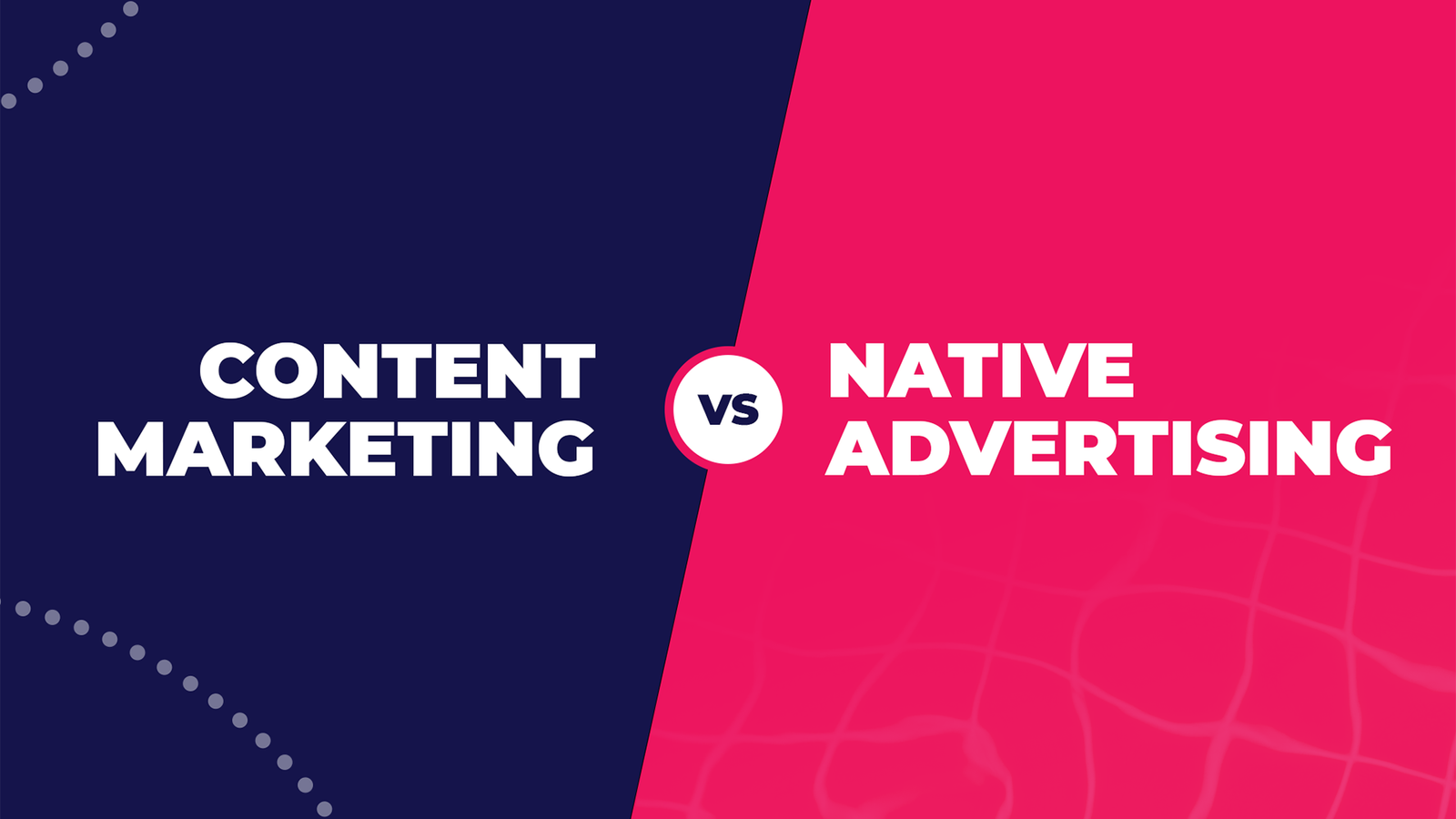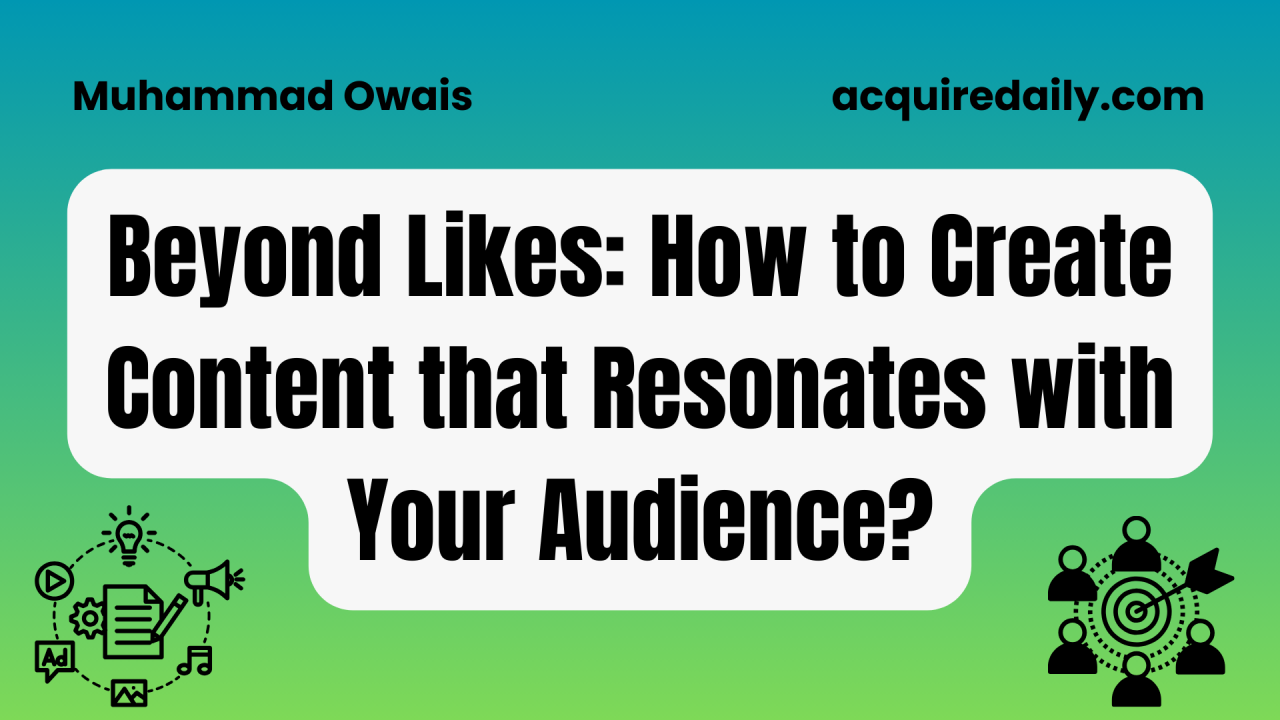Native advertising has emerged as a powerful tool in the modern marketer’s arsenal, blending seamlessly with content to deliver messages that resonate with audiences without being intrusive. Unlike traditional ads, native ads are designed to match the look and feel of the platform they appear on, providing a more organic and engaging user experience. This blog post will guide you through the process of integrating native advertising into your marketing strategy effectively.
What is Native Advertising?
Native advertising refers to paid ads that are designed to mimic the format and function of the content that surrounds them. These ads appear in-feed or within content, making them less disruptive and more likely to be consumed by the audience. Examples include sponsored articles on news websites, promoted posts on social media, and in-app ads that match the app’s design.
Benefits of Native Advertising
- Enhanced User Experience: Native ads are less disruptive, leading to a more positive user experience and higher engagement rates.
- Better Engagement: Because native ads blend in with content, they often see higher click-through rates (CTR) and engagement compared to traditional display ads.
- Increased Trust: Native ads can build trust as they are perceived as less “salesy” and more informative or entertaining.
- Versatile Formats: Native ads can take various forms, from articles and videos to social media posts, making them adaptable to different platforms and audiences.
1. Understand Your Audience
The first step in integrating native advertising into your strategy is to understand your target audience. What are their interests? What content do they consume, and where? Knowing this will help you craft native ads that resonate with them and appear on the platforms they frequent.
Tip: Use audience segmentation and analytics tools to gain insights into your audience’s behavior and preferences.

2. Choose the Right Platforms
Native ads can appear across various platforms, including social media, news websites, and apps. Selecting the right platforms is crucial for reaching your target audience effectively.
Tip: Start with platforms where your audience is most active. For example, if your target demographic is millennials, consider social media platforms like Instagram or TikTok for your native ads.
3. Focus on Quality Content
The success of native advertising hinges on the quality of the content. Your ads should provide value to the audience, whether through education, entertainment, or inspiration. The content should be well-crafted, engaging, and aligned with the platform’s tone and style.
Tip: Collaborate with skilled content creators or influencers who understand the platform and audience to develop compelling native ad content.
4. Ensure Seamless Integration
Native ads should blend seamlessly with the surrounding content. This means matching the visual and editorial style of the platform. The goal is for the ad to feel like a natural part of the user experience rather than an obvious interruption.
Tip: Pay close attention to the design and language of your native ads. Use the same font, color scheme, and tone as the platform to ensure a cohesive look and feel.
5. Leverage Storytelling
Storytelling is a powerful tool in native advertising. By telling a story that resonates with your audience, you can create a deeper connection and increase the impact of your ads. Whether it’s a customer success story, a behind-the-scenes look at your company, or a narrative that ties into current events, storytelling can make your native ads more compelling.
Tip: Develop narratives that align with your brand values and messaging, ensuring that the story is both relevant and engaging for your audience.
6. Monitor and Optimize Performance
As with any marketing strategy, it’s essential to monitor the performance of your native ads and make adjustments as needed. Track key metrics such as CTR, engagement rates, and conversions to assess the effectiveness of your campaigns.
Tip: Use A/B testing to experiment with different headlines, visuals, and placements to optimize your native ads for better performance.
7. Maintain Transparency
While native ads should blend in with content, transparency is crucial. Always label your native ads as sponsored or promoted content to maintain trust with your audience. Misleading users by disguising ads as organic content can harm your brand’s reputation.
Tip: Clearly indicate that the content is sponsored without detracting from the ad’s seamless integration with the platform.
Conclusion
Native advertising offers a unique opportunity to engage your audience in a non-intrusive way, blending your brand message with the content they already enjoy. By understanding your audience, choosing the right platforms, and focusing on quality content, you can integrate native advertising into your marketing strategy effectively. Remember to monitor performance, maintain transparency, and continually optimize your campaigns to achieve the best results.




